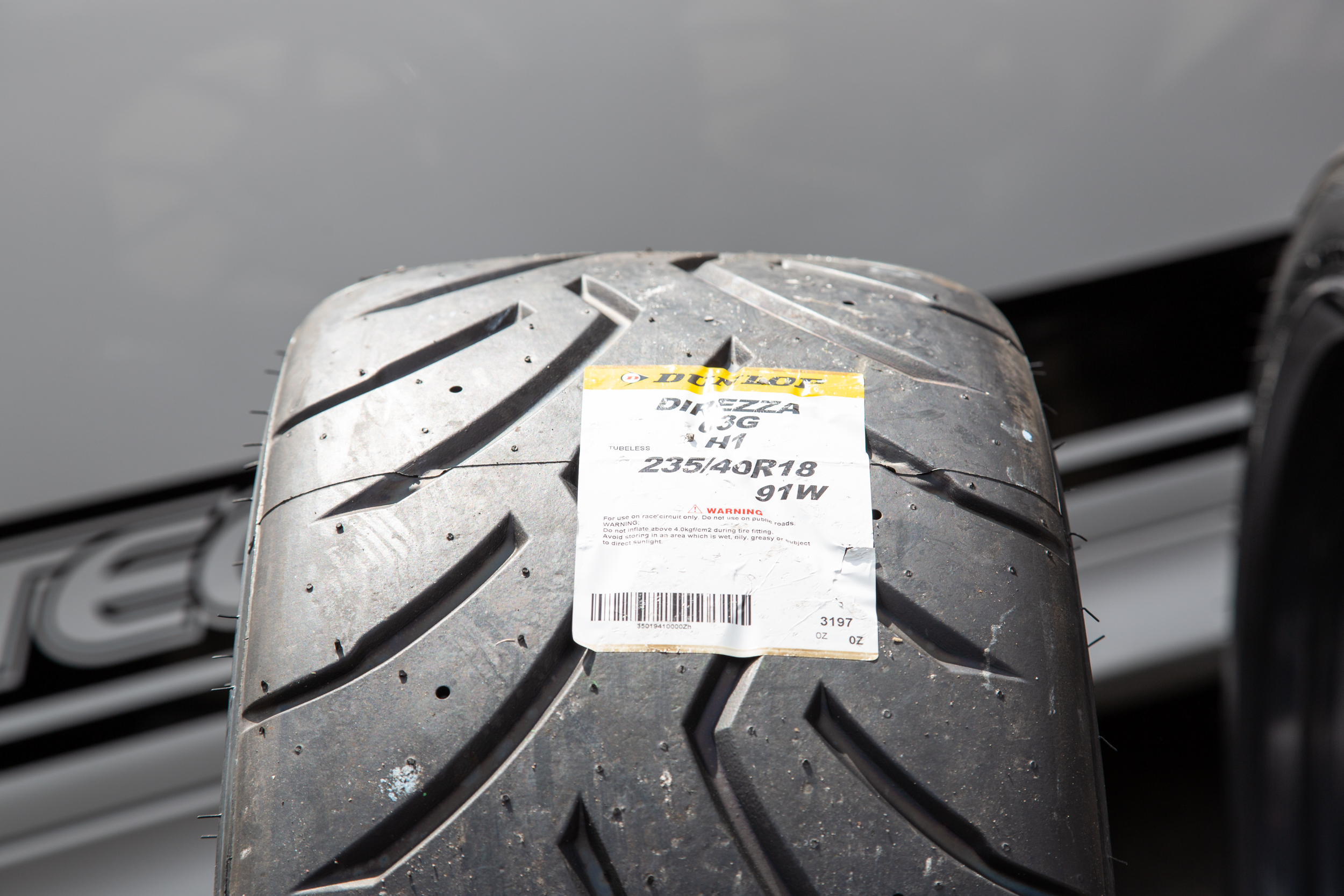All Categories
Featured
Table of Contents
The Michelin offered a comfy driving experience, characterised by receptive steering and a progressive understeer balance. In spite of the cooler screening problems, Michelin's regular time and grip over three laps indicates its viability for real-world applications.
The tyre's initial lap was a 2nd slower than the second, pointing to a temperature-related grasp increase. For day-to-day use, the Michelin could be a more secure bet.
Affordable Tyre Installation Near Me (Dayton 6055 WA)
It shared Michelin's risk-free understeer balance but did not have the latter's determination to transform. Continental and Goodyear's efficiencies were notable, with Continental's new PremiumContact 7 revealing a substantial enhancement in wet conditions contrasted to its predecessor, the PC6. This version was far much less delicate to fill adjustments and acted similar to the Michelin, albeit with slightly much less communication at the restriction.
It integrated the risk-free understeer equilibrium of the Michelin and Continental with some flashy handling, proving both predictable and fast. As an all-rounder for this Golf GTI, Goodyear's Crooked array was the standout, showing outstanding efficiency in the wet. The Bridgestone Potenza Sporting activity took the crown as the fastest tyre, albeit by a tiny margin.
Motorists looking for an amazing wet drive could find this tire worth taking into consideration. The standout entertainer in wet stopping was the latest tire on test, the PremiumContact 7, though the results are nuanced.
Tyre Packages
Preferably, we desired the cold temperature test to be at around 5-7C, but logistical hold-ups indicated we evaluated with an ordinary air temperature of 8C and water at 12C. While this was cooler than basic test conditions, it was still warmer than real-world conditions. The warm temperature level test was done at a standard of 18C air and 19C water.
The 3rd run involved damp braking tests on worn tyres, especially those machined to 2mm with a small run-in. While we planned to do more with these used tires, weather condition restraints limited our screening. However, it deserves keeping in mind that wet stopping is most essential at the used state, as tires generally improve in completely dry conditions as they put on.

Bridgestone, Goodyear, and Michelin saw the least efficiency reduction when put on. The Hankook tire registered the tiniest efficiency decrease as temperatures cooled down, yet it was among the most affected when used.
Top Tyres Near Me – Dayton
The take-home message below is that no single tyre mastered all aspects of wet braking, indicating a complicated interaction of aspects influencing tire performance under various conditions. There was a standout tire in aquaplaning, the Continental completed top in both straight and curved aquaplaning, with the Michelin and Goodyear likewise excellent in deeper water.

Yokohama could profit from slightly more hold, a concern potentially affected by the cooler conditions. As for handling, all tires performed within a 2% array on the lap, showing their top quality efficiency (Premium tyre selection). However, thinking about these tyres basically target the same customer, it's intriguing to observe the significant differences in feel.
The shock is since the PremiumContact 6 was one of my favourites for sporty dry drives, however its follower, the PremiumContact 7, seems a lot more mature and appears like Michelin's performance. Among these, Hankook was the least specific in steering and interaction at the limitation. Tyre checks. Both Michelin and Continental provided charming initial steering, albeit not the fastest
If I were to recommend a tire for a fast lap to a beginner, claim my papa, it would be one of these. We have the 'enjoyable' tyres, specifically Yokohama and Bridgestone. Both were speedy to steer and really felt sportier than the others, but the compromise is an extra playful rear end, making them extra tough to take care of.
Tyre Shop – Dayton 6055 WA
It supplied similar guiding to Bridgestone yet offered far better feedback at the limit and better hold. The Bridgestone Potenza Sport, however, appeared to weaken quite rapidly after just 3 laps on this demanding circuit. There's Goodyear, which positioned itself someplace in between the enjoyable tyres and those often tending towards understeer.
In conclusion, these tyres are excellent performers. For road usage, I would certainly lean in the direction of either the Michelin or Goodyear, depending upon your details choices. In regards to tire wear, the technique made use of in this examination is what the sector describes as the 'gold criterion' of wear. The wear experts at Dekra conducted this examination, which entailed a convoy of vehicles passing through a carefully prepared path for 12,000 kilometres.
Both the Bridgestone and Yokohama tires considerably underperformed in contrast to the various other 4 tires in regards to rolling resistance, with Continental a little outshining the rest. Regarding the convenience level of the tyres, as expected, many demonstrated an inverted connection with handling. The Continental, Michelin, and Goodyear tyres carried out ideal across numerous surface area types checked.

Bridgestone began to show signs of suppleness, while Yokohama was specifically jarring over gaps. We did determine inner noise levels; nevertheless, as is usually the case, the results were carefully matched, and due to weather constraints, we were unable to carry out a subjective assessment of the tyres noise. Lastly, we took a look at abrasion numbers, which gauge the amount of tire tread shed per kilometre, normalised to a one-tonne car.
Honest Long-lasting Tyres Near Me – Swan
This figure represents the quantity of rubber dirt your tires generate while driving. Michelin led in this category, generating over 9% much less rubber particle issue.
Latest Posts
Tyre Shop Services – Beechboro WA
Honest Tyre Repair
Best Tyre Safety Checks – Wanneroo